Students compile a map of old shops in Sizihwan and record their stories in Taiwanese
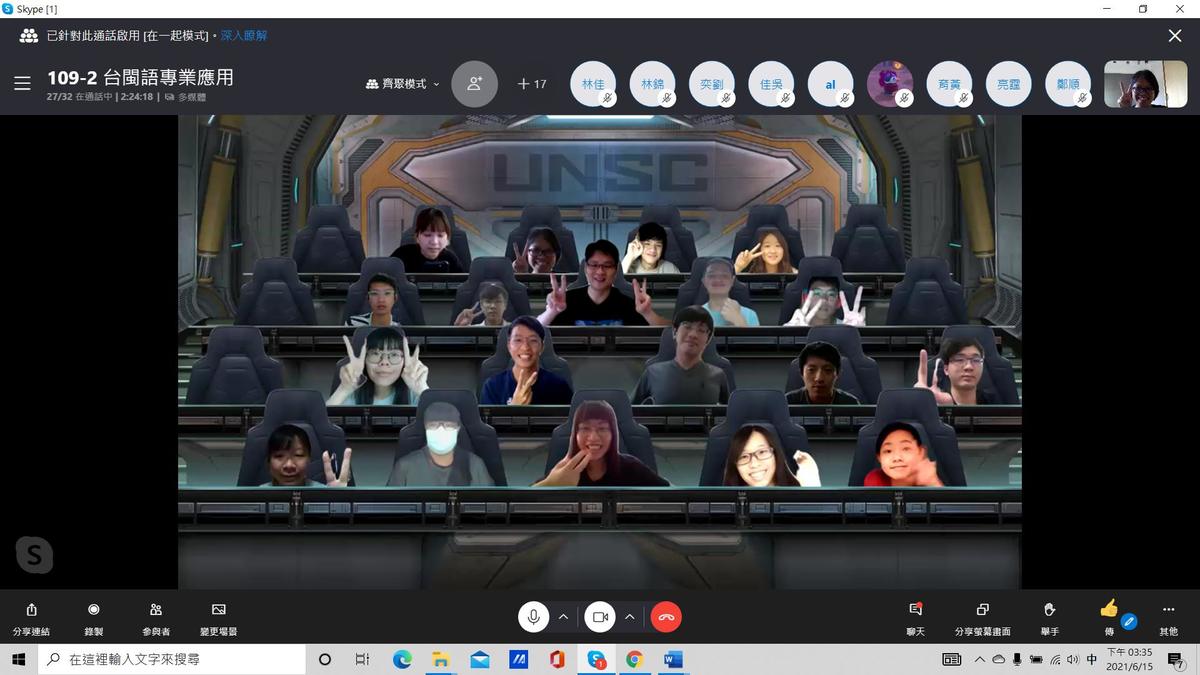
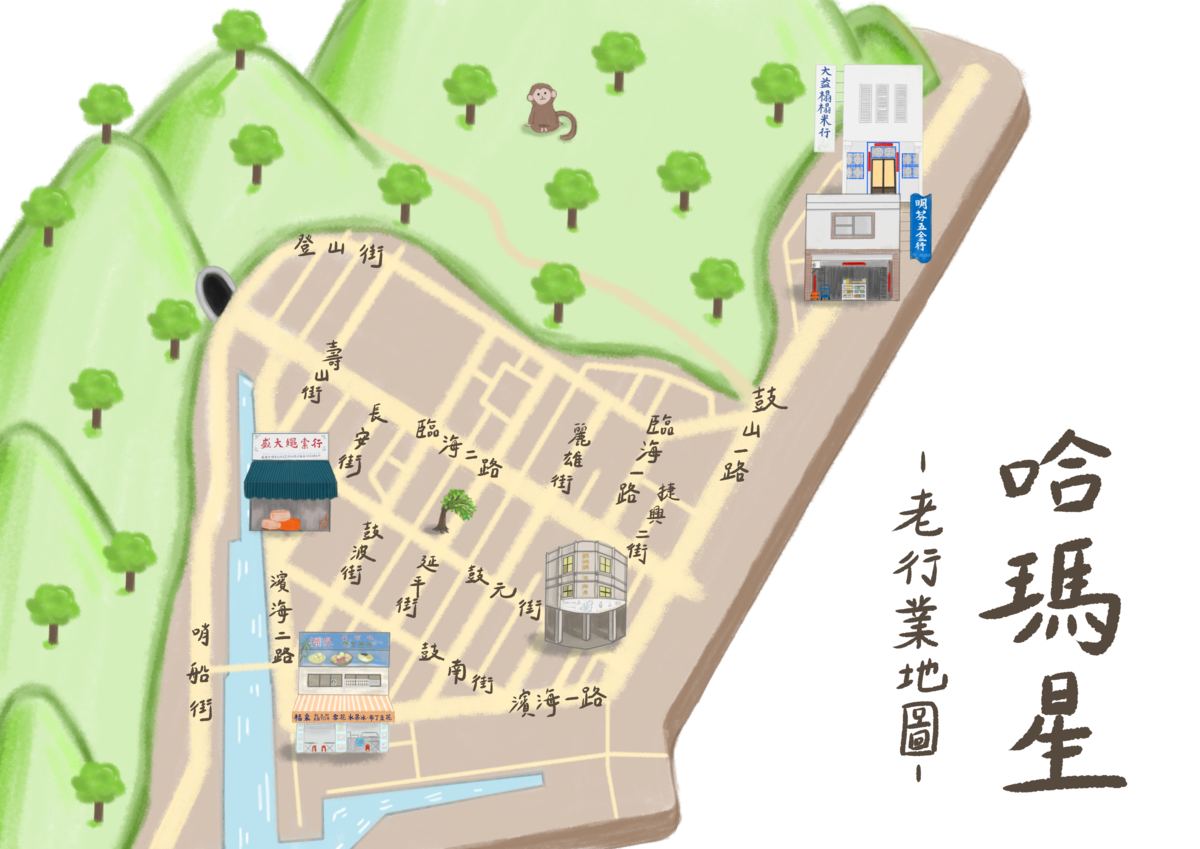
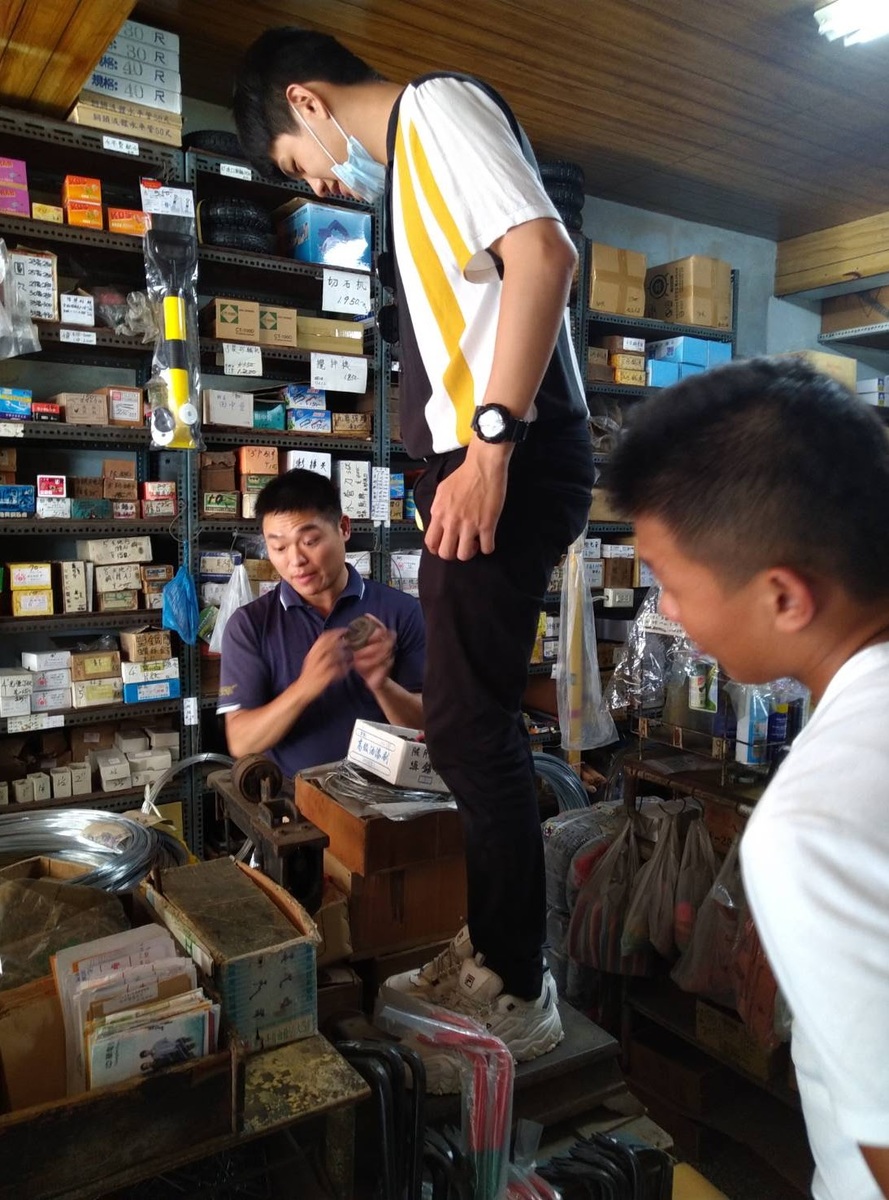
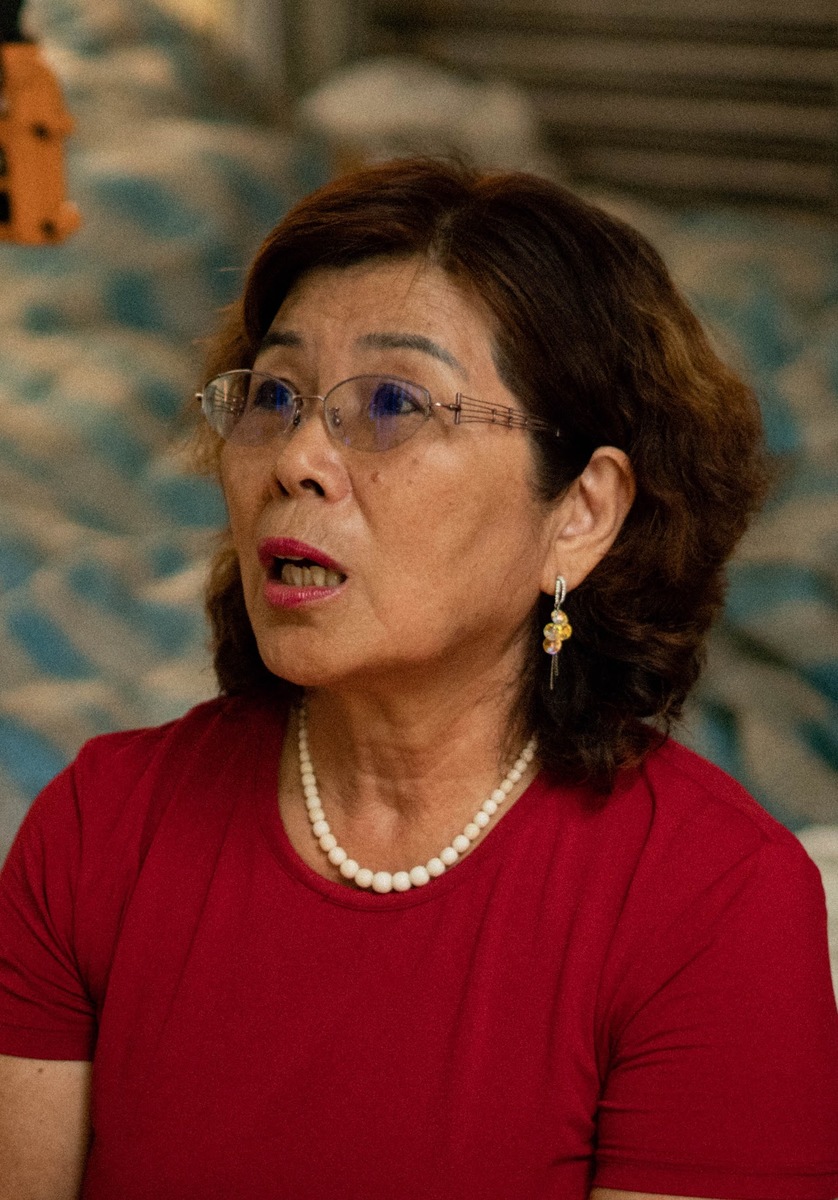
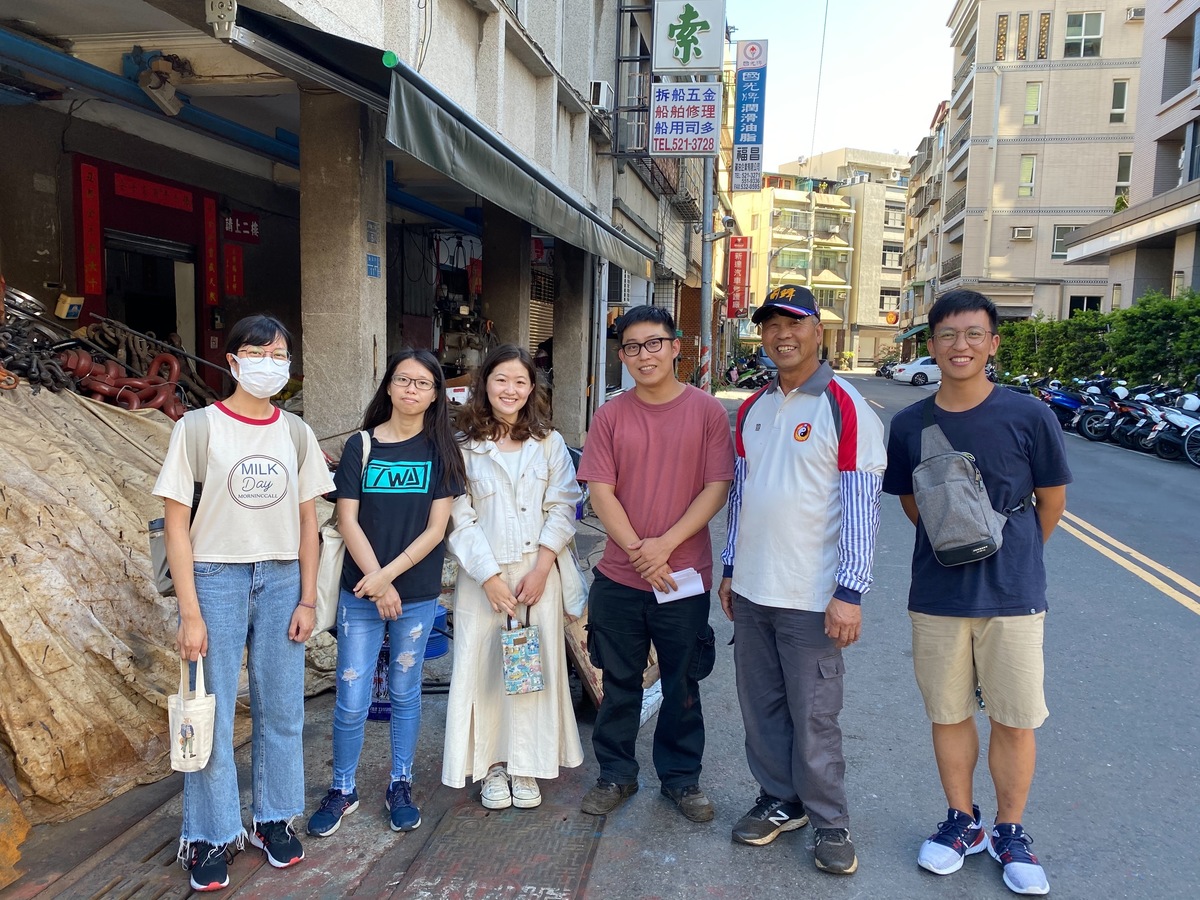
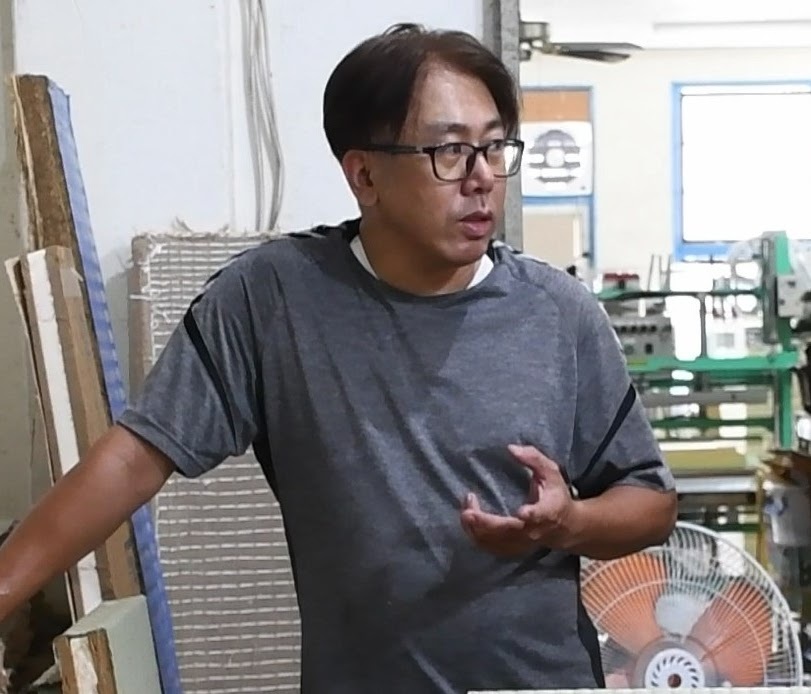
2021-07-05
(Provided by College of Liberal Arts) NSYSU College of Liberal Arts launched a course in Professional Application of Southern Min Dialect of Taiwan to promote the writing and application of the Southern Min Dialect of Taiwan (commonly referred to as “Taiwanese language”) and guide the students to explore the social network in Taiwanese language and literature. Besides the talks delivered by teachers and off-campus lecturers on reading and writing literature in Taiwanese, observation and visits to the community was an important way to learn. The course emphasized the method of “learning by doing”. Each group of students visited one long-established old shop in Sizihwan area and completed at least a half-day experience, observing the details of the working procedure, interviewing shop owners and then recorded the story of the shop in Taiwanese. The students then compiled a map of long-established shops in the Sizihwan area with their stories.
The course teacher, Associate Professor Chia-Lun Tu invited two lecturers of the USR Project: The City as a Commuseum – Socially Embedded Community Engagement, Wei-Chi Wang and I-Chih Li to guide the students on the techniques to use when interviewing and observing the community. At the beginning of the semester, Wei-Chi Wang introduced five shops in Hamasen District to the students: Fu Chuan Traditional Shaved Ice & Tofu Pudding, New Ocean Marine Fitting, Da Yi Tatami, Sheng Da Ropes, and Ming Fen Hardware; later, the students had the opportunity to visit these shops and interact with the shop owners in Taiwanese. Finally, the students wrote down the stories of the shops in Taiwanese, compiled a story map, and displayed the results of their work at the end of the semester, showing their creativity and practical abilities editing stories in Taiwanese.
The presentation of students’ final study results was held online and was attended by a special guest – writer Gustave Cheng (Tēnn Sūn-tshong) who gave his feedback and advice on conducting field surveys and writing in Taiwanese. Cheng, who was very positive about students’ diligent investigation and interviews, particularly admired the young generation’s abilities in using such media as image, audio recording, and drawing that enriched the map and made it more readable, for example: the stories of New Ocean Marine Fitting and Ming Fen Hardware included many interesting Taiwanese words related to different types of hardware; the story of Da Yi Tatami included a video showing the production process of tatami mats; the stories of Fu Chuan Traditional Shaved Ice & Tofu Pudding and Sheng Da Ropes included drawings depicting the meticulous process of preparing shaved ice desserts (礤冰 tshuah-ping) and tying the rope (縛索仔 pa̍k soh-á). He also advised the students to learn more professional terminology when conducting interviews with shop workers and more authentic ways to describe things in Taiwanese to make their Taiwanese writing more fluent and vivid, and finally, he encouraged students to continue conducting surveys and collecting information on the old shops in Taiwanese to compile even more comprehensive literature and the thematic website.
Associate Professor Chia-Lun Tu said that the story map created by the students this semester is an important starting point; any following course projects will be steadily implemented to hopefully expand the map and Taiwanese written materials to guide the students to understand the local networks in-depth, improve their Taiwanese language abilities and, through these activities, make them cherish the languages in Taiwan and the culture of old shops.
(Edited by Public Affairs Division)
Old shops in the Sizihwan area and their stories (Chinese version only):
https://sites.google.com/g-mail.nsysu.edu.tw/seawanlautiam
(Provided by College of Liberal Arts) NSYSU College of Liberal Arts launched a course in Professional Application of Southern Min Dialect of Taiwan to promote the writing and application of the Southern Min Dialect of Taiwan (commonly referred to as “Taiwanese language”) and guide the students to explore the social network in Taiwanese language and literature. Besides the talks delivered by teachers and off-campus lecturers on reading and writing literature in Taiwanese, observation and visits to the community was an important way to learn. The course emphasized the method of “learning by doing”. Each group of students visited one long-established old shop in Sizihwan area and completed at least a half-day experience, observing the details of the working procedure, interviewing shop owners and then recorded the story of the shop in Taiwanese. The students then compiled a map of long-established shops in the Sizihwan area with their stories.
The course teacher, Associate Professor Chia-Lun Tu invited two lecturers of the USR Project: The City as a Commuseum – Socially Embedded Community Engagement, Wei-Chi Wang and I-Chih Li to guide the students on the techniques to use when interviewing and observing the community. At the beginning of the semester, Wei-Chi Wang introduced five shops in Hamasen District to the students: Fu Chuan Traditional Shaved Ice & Tofu Pudding, New Ocean Marine Fitting, Da Yi Tatami, Sheng Da Ropes, and Ming Fen Hardware; later, the students had the opportunity to visit these shops and interact with the shop owners in Taiwanese. Finally, the students wrote down the stories of the shops in Taiwanese, compiled a story map, and displayed the results of their work at the end of the semester, showing their creativity and practical abilities editing stories in Taiwanese.
The presentation of students’ final study results was held online and was attended by a special guest – writer Gustave Cheng (Tēnn Sūn-tshong) who gave his feedback and advice on conducting field surveys and writing in Taiwanese. Cheng, who was very positive about students’ diligent investigation and interviews, particularly admired the young generation’s abilities in using such media as image, audio recording, and drawing that enriched the map and made it more readable, for example: the stories of New Ocean Marine Fitting and Ming Fen Hardware included many interesting Taiwanese words related to different types of hardware; the story of Da Yi Tatami included a video showing the production process of tatami mats; the stories of Fu Chuan Traditional Shaved Ice & Tofu Pudding and Sheng Da Ropes included drawings depicting the meticulous process of preparing shaved ice desserts (礤冰 tshuah-ping) and tying the rope (縛索仔 pa̍k soh-á). He also advised the students to learn more professional terminology when conducting interviews with shop workers and more authentic ways to describe things in Taiwanese to make their Taiwanese writing more fluent and vivid, and finally, he encouraged students to continue conducting surveys and collecting information on the old shops in Taiwanese to compile even more comprehensive literature and the thematic website.
Associate Professor Chia-Lun Tu said that the story map created by the students this semester is an important starting point; any following course projects will be steadily implemented to hopefully expand the map and Taiwanese written materials to guide the students to understand the local networks in-depth, improve their Taiwanese language abilities and, through these activities, make them cherish the languages in Taiwan and the culture of old shops.
(Edited by Public Affairs Division)
Old shops in the Sizihwan area and their stories (Chinese version only):
https://sites.google.com/g-mail.nsysu.edu.tw/seawanlautiam
Click Num:
Share
